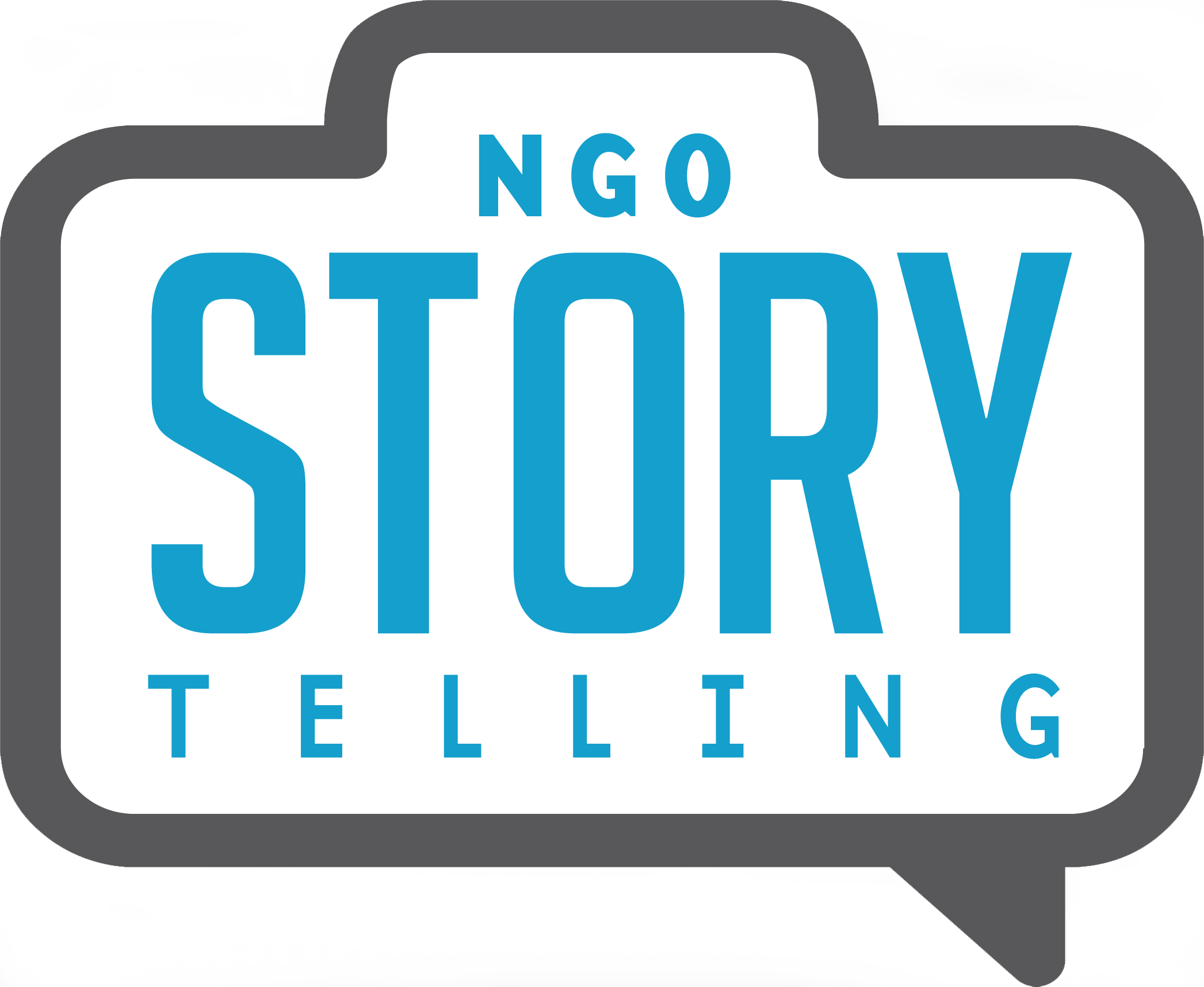How I Convinced One Nonprofit That Storytelling Was Worth Paying For
I hung up my cellphone and wondered if I had just ruined my chance to get my humanitarian photo career going. A nonprofit director, who found me through an old college professor, wanted to send me to Laos for one week to write stories and shoot some photos about his organization’s education projects. The adventurous side of me leapt at the chance to travel and jumpstart my humanitarian storytelling career, but the practical side of me that had been a working journalist for almost 10 years balked at the lack of payment. The organization wanted to cover my expenses, nothing else.
“We have absolutely no money,” the director had said on the phone.
“I’ve been writing for almost 10 years, plus I'm a professional photographer and can shoot video stories,” I had replied. “Can I come down to meet you in person and talk about your needs and how I can help?”
We made an appointment for a couple days later at the organization’s downtown Washington, D.C. office. I put together a portfolio of relevant work: a video, an audio slideshow, and a bunch of photo and word stories that I designed into good-looking print layouts. I created a sheet of marketing possibilities for all the storytelling assets they would get from me: blog posts, fundraising letters, photo exhibits, online photo galleries, PowerPoint presentations and one-page explainers (this was 2008, so no social media strategy yet).
I was stumped regarding what to write on my financial estimate sheet. I didn't yet know about calculating my cost of doing business as a basis for figuring out my creative fees. If I got this job, it would be my first humanitarian photo assignment. A friend recommended I contact his friend Jamie Rose, now of Momenta Workshops, then a fellow D.C. photographer like me. Over coffee, she advised me on the bare minimum I should charge, and how to consider things like copyright and licensing fees in my estimate.
The next day, I put on a dress, slung on my backpack and bicycled down to the nonprofit’s office (I was trying to save money). I spent an hour listening to the staff’s needs and explaining how I could help. Everyone looked at my stories and photos with interest. They asked a lot of questions. But no one said anything when it came to my financial estimate sheet. It felt like an insurmountable obstacle. I got a vibe that this opportunity was not mine. The director said he’d call me within a week.
Exactly a week later, I was eating noodles with friends when the director called. I walked outside the restaurant to talk with him, not excited, not anxious, certain he’d be telling me something like “good luck with your career.”
Instead, he told me my budget looked reasonable and I should get myself to the Laos Embassy as soon as possible to apply for a visa. I was stunned. The director had told me just 10 days earlier that he had no money. While it's true that many nonprofits have no money for marketing (which is what storytelling usually falls under in a nonprofit's budget) the director of this particular nonprofit hadn't understood the value of paying someone for photos, video and writing – until I presented compelling reasons why. What I learned that day is, if you ask, you may just get what you know you’re worth.
How have you convinced a nonprofit to pay you for your work?
--------------------
Photo caption: Students at Phonsavad Secondary School in Phonsavad, Laos, flocked to the school during vacation for a chance to use one of the school's 11 new computers. Some students waited as long as one hour for their turn to practice typing or to get on the Internet. July 2008. © Laura Elizabeth Pohl

